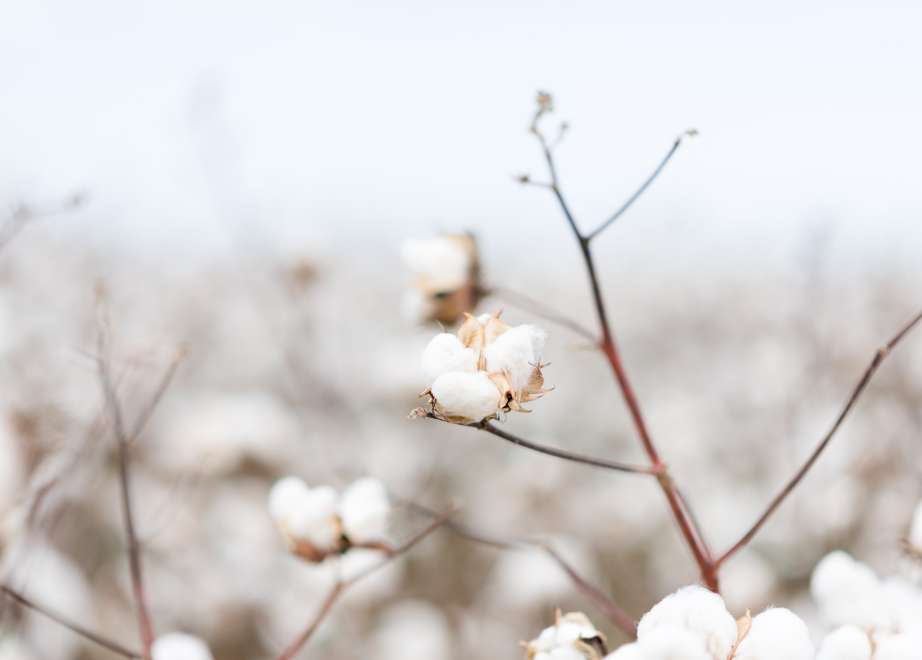Cotton: A Natural Fiber for Textiles
Before it’s worn, cotton is born of seed, water, sun, and soil.

Beyond Natural: Regenerative Agriculture
Cotton growers are enhancing cotton’s natural properties with responsible approaches to resource management and farming methods. Throughout its growth, cotton farmers use practices that improve environmental health and crop output. This is called regenerative agriculture, and it’s just the beginning of cotton’s sustainability story.
Fiber Science
Fiber science optimizes cotton use in textiles, from fiber development, time of harvest, and applied technologies. Data is key to identifying fiber quality and enabling mills and manufacturers to make strategic business decisions and create consistency in products.
Traceability of Cotton Fiber
The traceability of cotton starts with harvesting and ginning and is continued throughout the textile manufacturing process. Traceability helps determine quality and builds trust throughout the supply chain. It fosters responsible, ethical corporate practices, and it naturally builds sustainability into the industry.
Cotton is a
Natural Fiber
Cotton is a beloved natural fiber for textiles that can compete with manmade synthetics. It has inherent sustainable properties, like biodegradability and compostability that consumers appreciate about the natural fiber. Additionally, it doesn’t shed microplastics the way synthetic fibers do. All around, cotton can be considered a more sustainable fiber than synthetics.
Cotton Fiber
Classification
Classification is a means to assign quality to cotton in order to determine its value. The U.S. Cotton Classing evaluates fiber strength, length, uniformity, micronaire, trash, and color. These insights provide a way to determine proper pricing, provide transparency within the value chain, and stabilize a fair market.